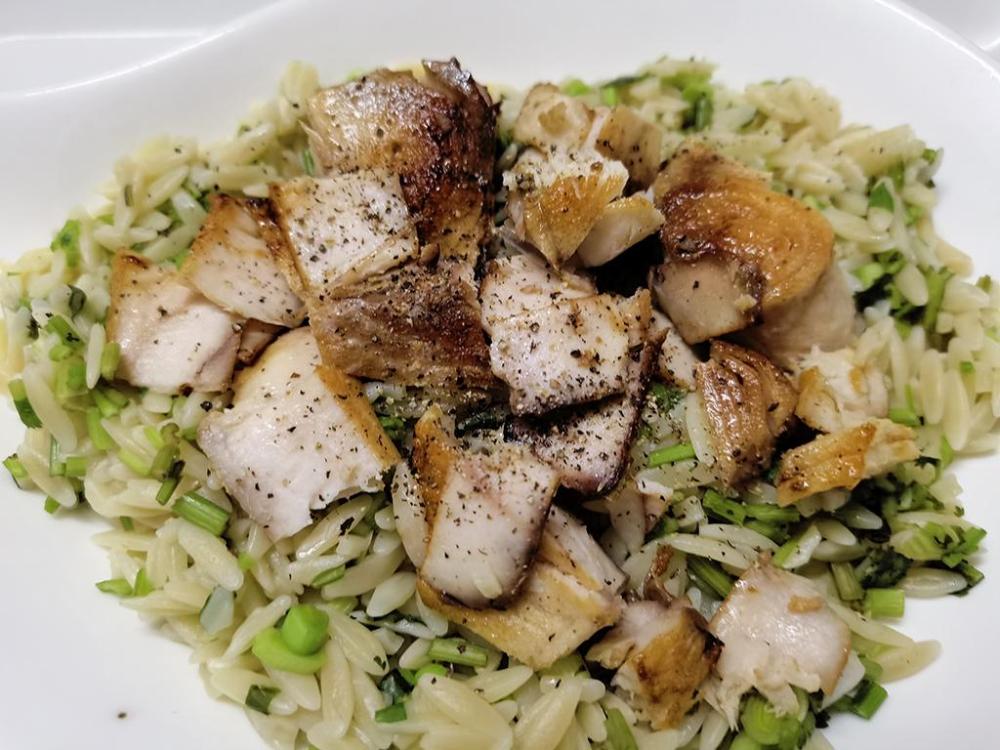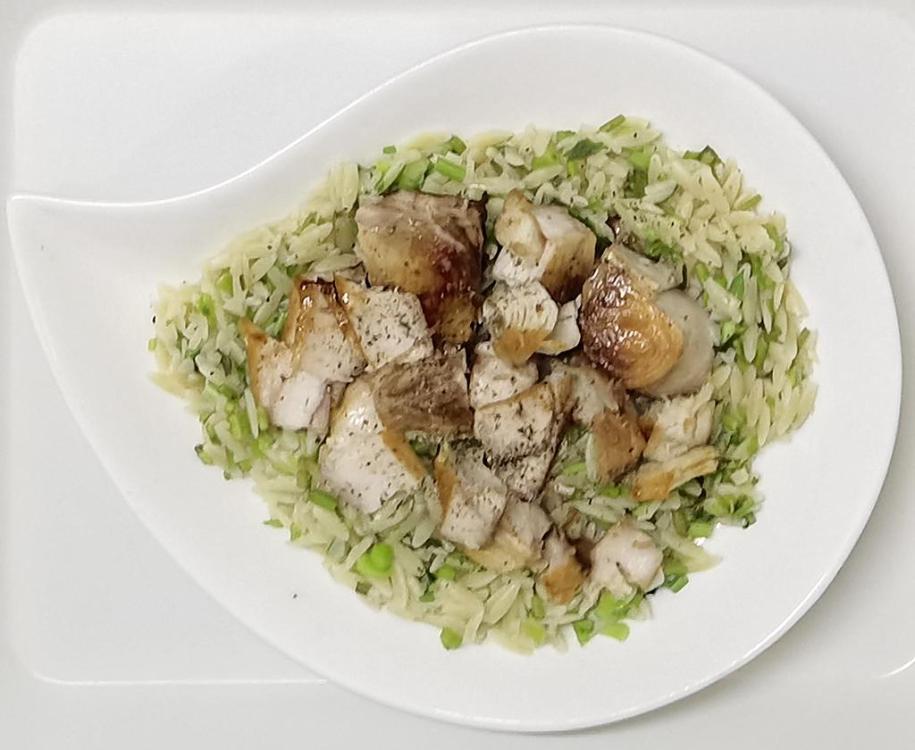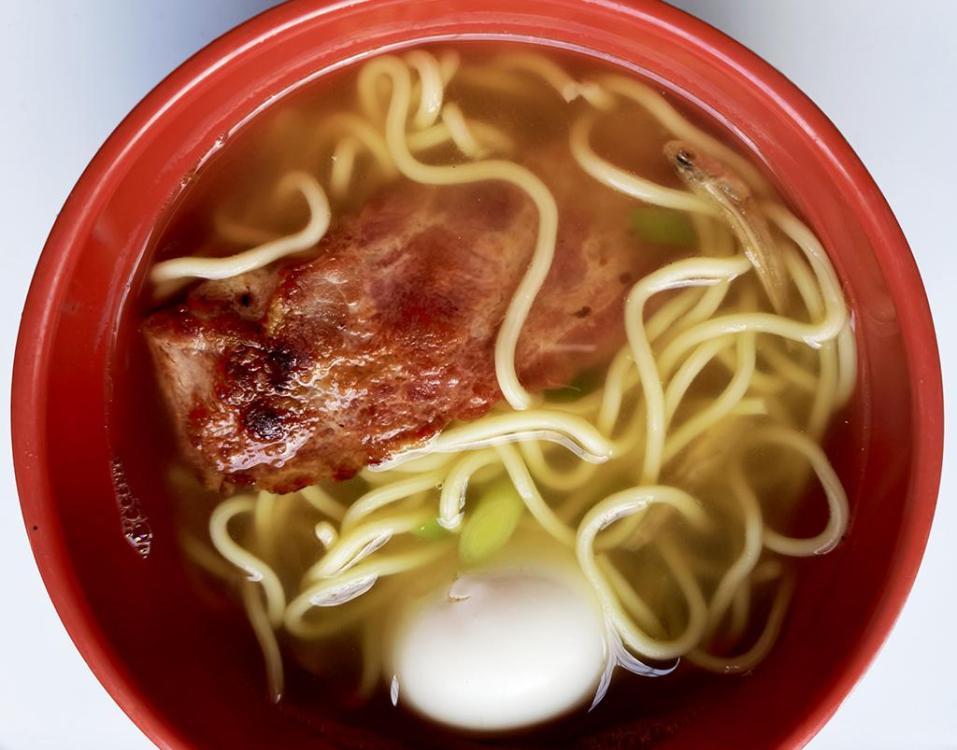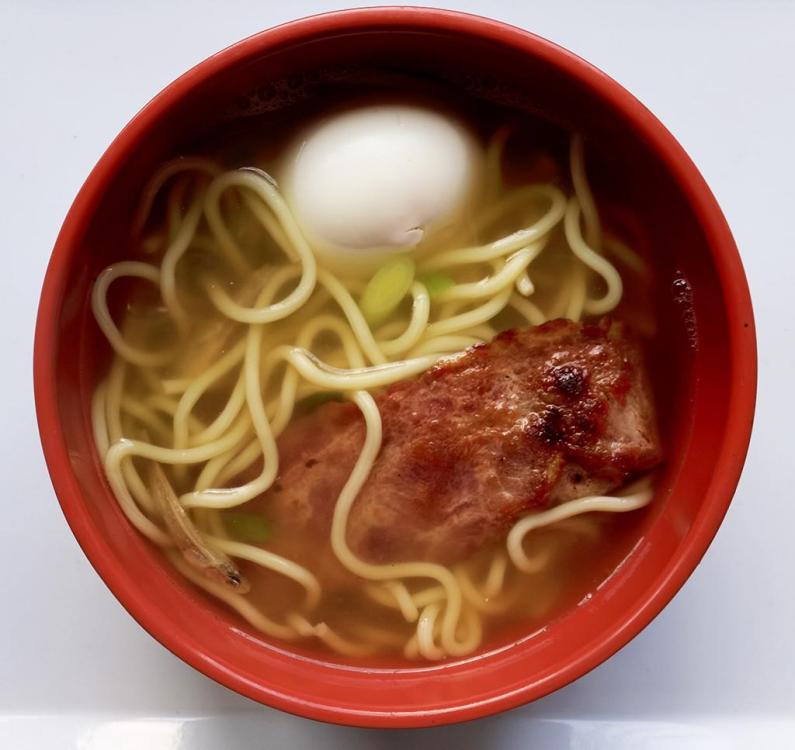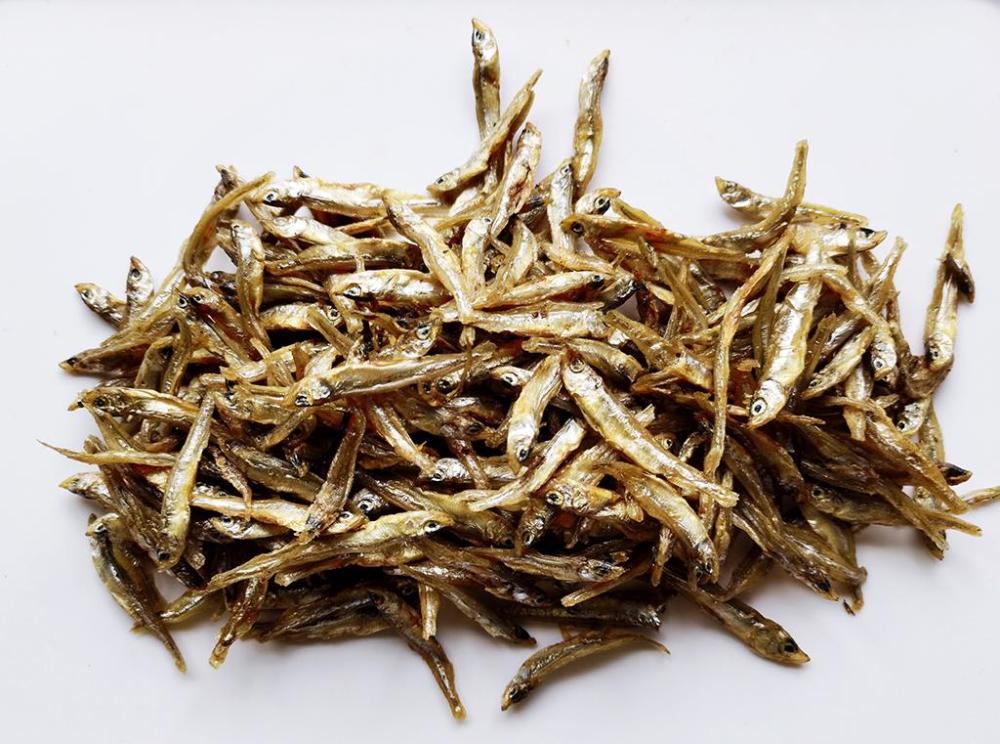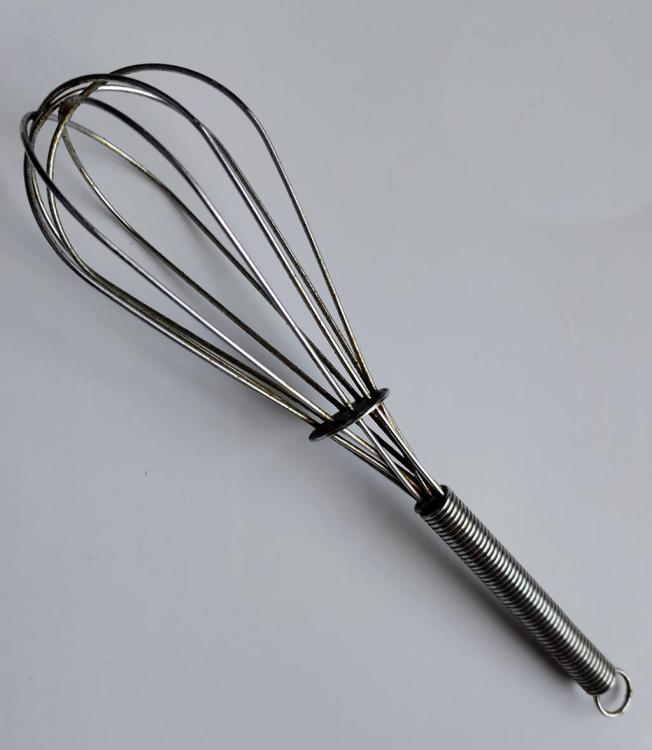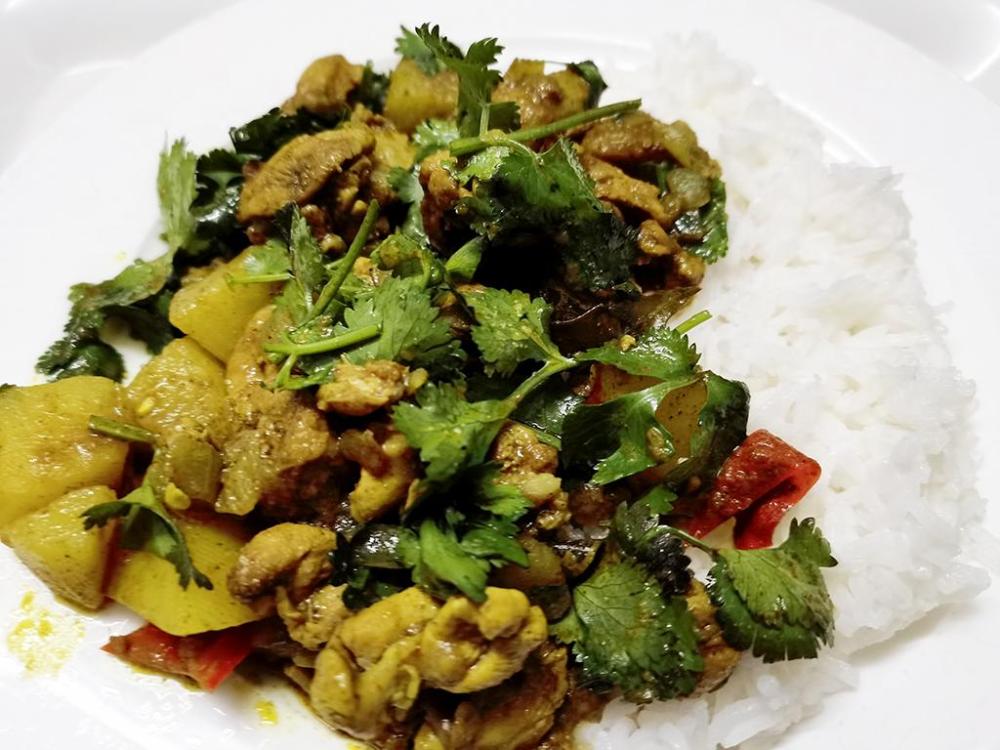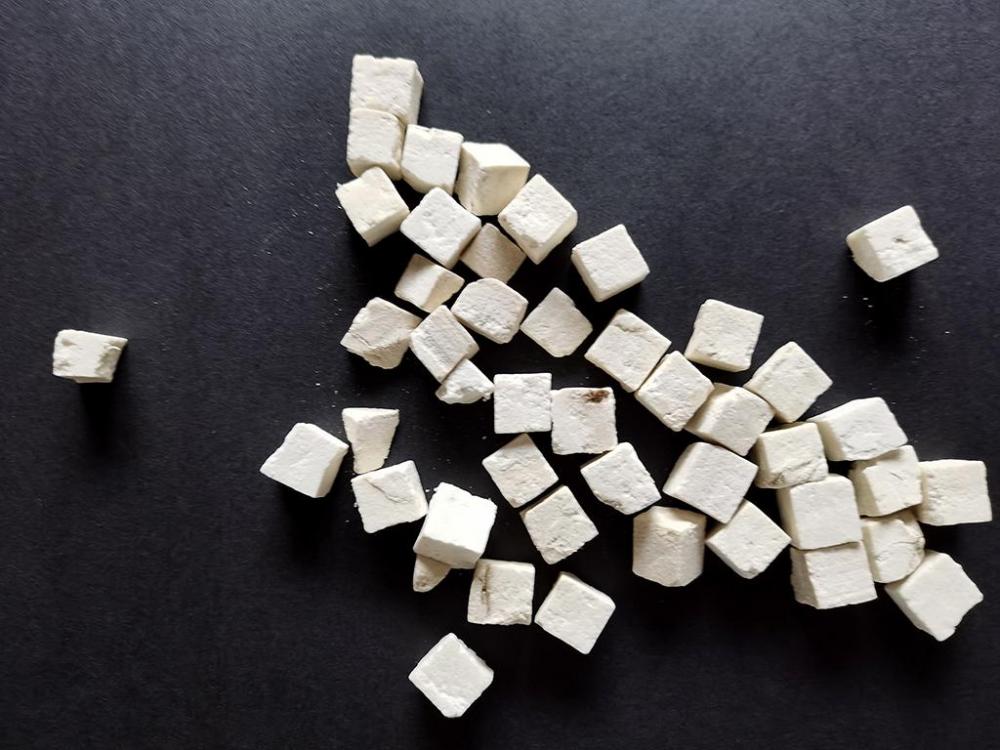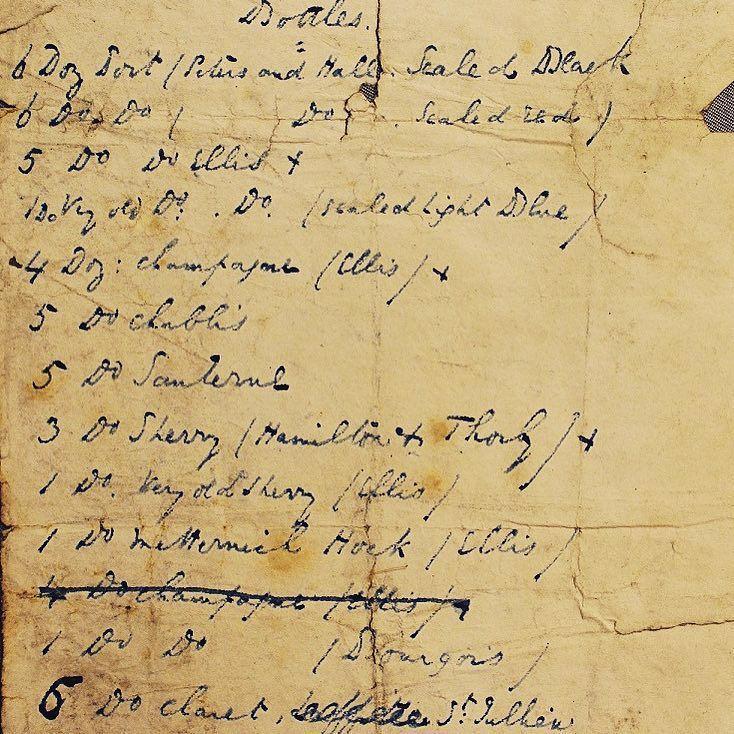-
Posts
16,658 -
Joined
-
Last visited
Content Type
Profiles
Forums
Store
Help Articles
Everything posted by liuzhou
-
I'll second that.
-
I'll revise my will tomorrow when the lawyer's office opens. You'll have to supply your own pasta, though!
-
Pan fried mackerel with mirin dressing served with orzo laced with coriander roots, stems and lower leaves as well as scallions. Served on @Anna N's favourite plate! While I am here, let me mention there are two Legolands under construction here in China, each claiming they will be the world's largest. Until the next one.
-
-
Interesting BBC podcast here on the history of sushi and more. 40 minutes long.
-
I've stayed in that hotel. Never visited the pub/restaurant, though.
-
Certainly is! Great looking produce, too. Thanks for sharing.
-
An experimental breakfast. What is great for breakfast? Bacon and eggs, of course.So that's what I made. Sort of. Bacon and egg sort of ramen. The broth is dashi with a little red miso, garlic and dried 'tribute fish'*. Crisped up some bacon, soft-boiled an egg and chopped some Welsh onion. Fresh ramen took three minutes to cook, so I threw in the pre-cooked bacon, eggs and onion when there was still a minute to go. I really liked the bacon alongside the seafood flavors. * Tribute fish is a direct translation of the Chinese. There are many tribute foods supposedly because they were prized gifts to be sent to the emperors. They (the fish; not the emperors) are tiny - 5cm/2 inches long at most. Nearly always sold dried. Great for adding umami. Dried Tribute Fish 贡干鱼 (gòng gān yú)
-
There was a restaurant in Hunan that I used to frequent very often. I never really thought about it, until a friend from England came to visit and she had rather low chilli tolerance levels. So I warned the cook to rein it back for my friend. Said friend took one bite and almost screamed. I guess two things happened simultaneously: a) after years of normal Hunan cooking, the wok was infused with chilli heat . b) "no chilli" in Hunan translates as "less than usual, but anything less than volcanic isn't edible!
-
@Katie Meadow I love me some geoduck! But not exactly easy to gather!
-
Kinki (aka 'idiot fish') is delicious! But silly name, yes!
-
I feel so sorry for you. Such a terrible way to live! 😂
-
I don't think I've ever seen a whisk that drinks! Here is one of mine. It's a no name specimen bought many years a go in a local hardware store. I also have another, smaller one with the same design. They cost next to nothing. It appears to be mainly made of one piece of stainless steel wire. The handle is hollow and open at both ends, so any liquid just runs straight through. Needs replacing after years of service. It's beginning to rust in spots.
-
I was waiting for the penny to drop. We need to flag that things posted in 'food funnies' are jokes?
-
I've never made risotto in China. I made it often in England, but I left there 25 years ago. I just found risotto rice in China this week.
-
I too, like carnaroli but am just grateful to find any risotto rice at all.
-
I didn't include them because they are rare here. They are only generally available online, although they are used in some ethnic minority cooking. I did have a shortish conversation with @KennethThere. And more here.
-
I wouldn't dare call this an Indian curry, but it does use a genuine curry paste from India which I pimped up with fenugreek seeds and curry leaves. Chicken and potato, garlic, onion, chilli and coriander leaf. I also felt it need a touch of acidity, so added the juice of half a lemon.
-
That is why I prefer to use the alternative name risoni for the pasta, but then people ask me what that is and I have to say orzo! Risoni is more used in Italy. I often make orzotto.
-
44. 茯苓 (fú líng) – Chinese Tickahoe – Wolfiporia extensa Wilfiporia extensa is actually a type of underground fungus which grows on decaying wood. If you look it up on Wikinonsense, you will be told that is used in TCM to provoke urination, aid digestion and calm the mind. All very well, but they don’t mention that it is also used in culinary recipes. Perhaps not technically a herb or spice, but those are very loose terms and the product is sold on the culinary spice counters in most supermarkets. The dried root-like fungus is peeled and cut into 1 cm squares. Added to many hotpots and soups. To be honest, it is almost tasteless by the time all the other ingredients go in, but on its own it is vaguely fungi tasting. I wouldn’t go out my way to track it down.
-
-
Unfortunately, barley is even more rare than risotto rice here. In fact, I've never managed to find it.





